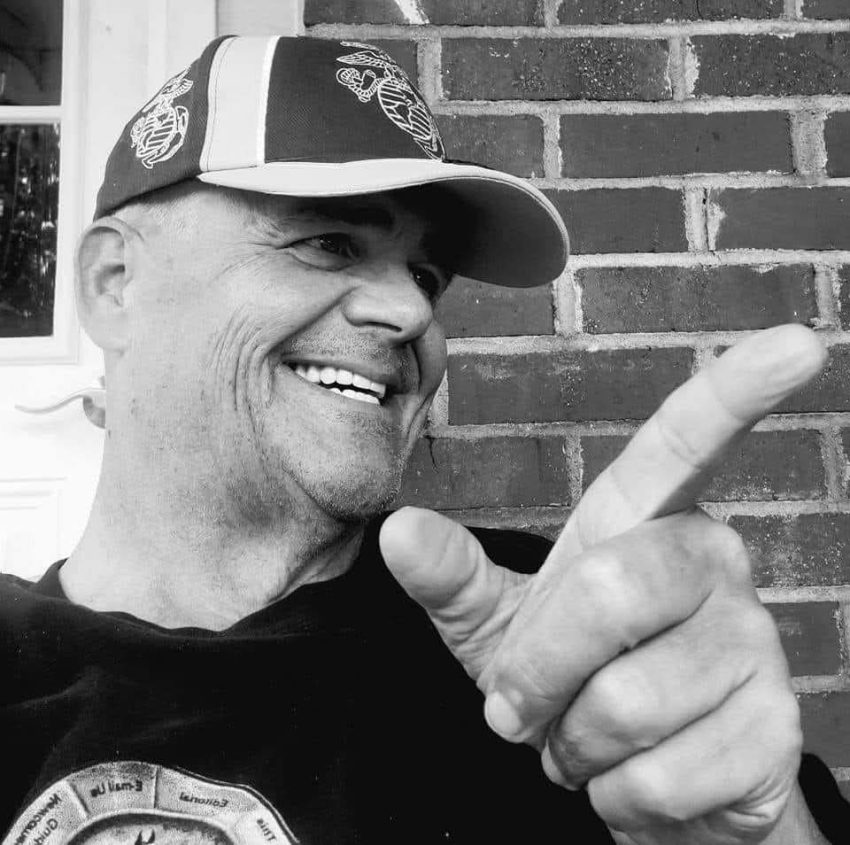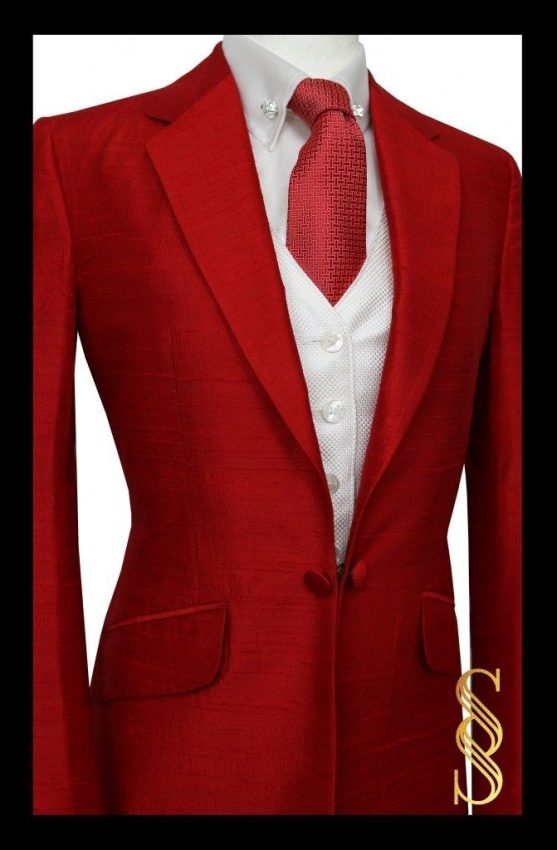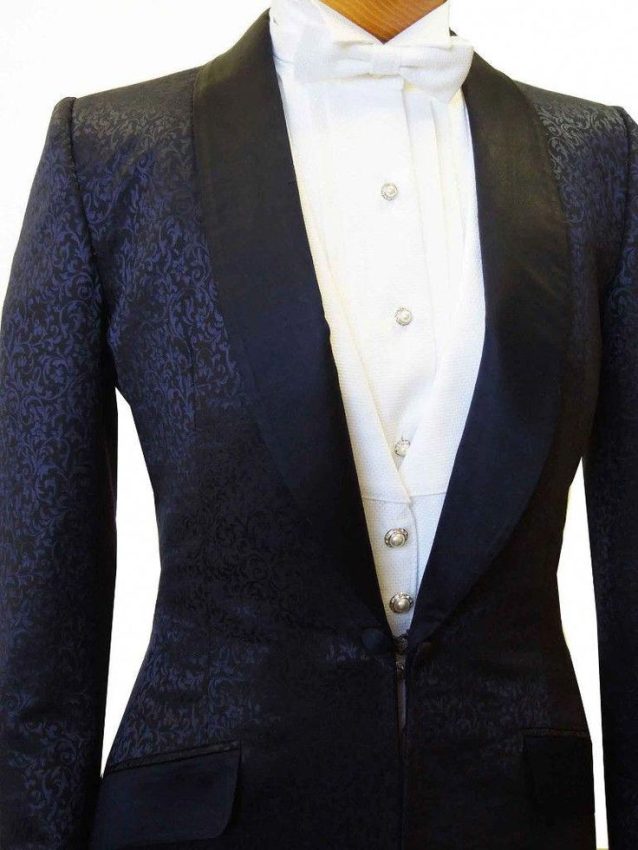Riders want to know!”Do I wear a day coat or formal wear?”
Riders want to know!”Do I wear a day coat or formal wear?”
by WHC Publisher Tommy Williams tommywhc@aol.com
Equestrian sports are rich in tradition, elegance, and a touch of grace, echoing the deep-rooted connection between humans and horses. Among the many facets of riding apparel, day coats and formal outfits play a crucial role in conveying the rider’s status, as well as the nature of the event they’re participating in. Let’s dive into when equine riders choose to wear day coats and formal wear, exploring the heritage of equestrian fashion while highlighting the practical benefits these garments bring.
 The history of equestrian clothing dates back to the Middle Ages, a time when knights and nobles proudly displayed their status through their attire, often dressing up for tournaments and celebrations. As time passed, these functional garments gradually transformed into the formal attire we recognize in today’s equestrian world, defining various disciplines within the sport. Nowadays, day coats and formal wear have been tailored to meet modern standards while still respecting the traditions that have developed over the centuries.
The history of equestrian clothing dates back to the Middle Ages, a time when knights and nobles proudly displayed their status through their attire, often dressing up for tournaments and celebrations. As time passed, these functional garments gradually transformed into the formal attire we recognize in today’s equestrian world, defining various disciplines within the sport. Nowadays, day coats and formal wear have been tailored to meet modern standards while still respecting the traditions that have developed over the centuries.Equine riders typically slip into day coats during competitions that call for a touch of formality, especially in events like dressage, show jumping, and eventing. For TWH, day coats are wore in prelim classes. A day coat—usually designed as a fitted, waist-length jacket—strikes a balance between elegance and practicality. It’s primarily worn during daytime competitions, which is where the name “day coat” comes from.
daytime competitions, which is where the name “day coat” comes from.
 daytime competitions, which is where the name “day coat” comes from.
daytime competitions, which is where the name “day coat” comes from.Conversely, formal attire is a must for high-profile events such as prestigious dressage competitions, the Olympic Games, and elite equestrian championships. For TWH they are worn Championship competition. Some ladies at upscale shows will select a formal if the class is after 6pm. In these cases, riders often sport a tailcoat paired with a classic white stock tie, tailored breeches, and well-shined riding boots. This ensemble stands as a testament to the pinnacle of equestrian dress, representing discipline and sophistication in the horse riding world.
Wearing a day coat or formal outfit in equestrian competitions goes beyond mere fashion; it reflects a deep respect for the sport, the horses, and fellow competitors. Traditional attire signifies commitment to the established  customs of the sport, fostering a sense of camaraderie and shared values among participants. Additionally, these garments enhance the overall atmosphere of the event, contributing to a sense of professionalism that resonates with both judges and spectators.
customs of the sport, fostering a sense of camaraderie and shared values among participants. Additionally, these garments enhance the overall atmosphere of the event, contributing to a sense of professionalism that resonates with both judges and spectators.
 customs of the sport, fostering a sense of camaraderie and shared values among participants. Additionally, these garments enhance the overall atmosphere of the event, contributing to a sense of professionalism that resonates with both judges and spectators.
customs of the sport, fostering a sense of camaraderie and shared values among participants. Additionally, these garments enhance the overall atmosphere of the event, contributing to a sense of professionalism that resonates with both judges and spectators.Furthermore, these outfits serve practical purposes as well. The tailored design of day coats and formal jackets allows riders to move more freely, which is essential for maintaining balance and control during rides. The fitted nature of this attire also enhances the rider’s presentation, underscoring the elegance and poise expected in competitive scenarios.
The tradition of wearing day coats and formal attire in equestrian sports is a rich narrative woven throughout history, showcasing the stylistic and formal evolution while honoring respect for the discipline. These garments fulfill multiple roles that extend well beyond appearance; they encapsulate the spirit of competition, professionalism, and artistry inherent in the world of equestrianism. As riders continue to uphold the customs established by those before them, they add to the lasting legacy of equestrian sports, ensuring that the grace and skill tied to horseback riding remain cherished for years to come. Through their attire, equine riders convey their passion for the sport while honoring the profound bond they share with their horses.